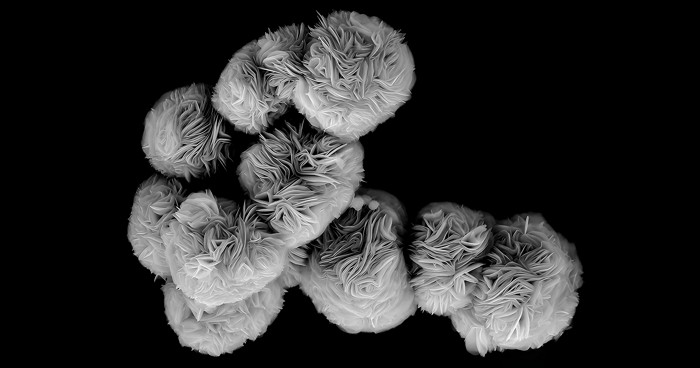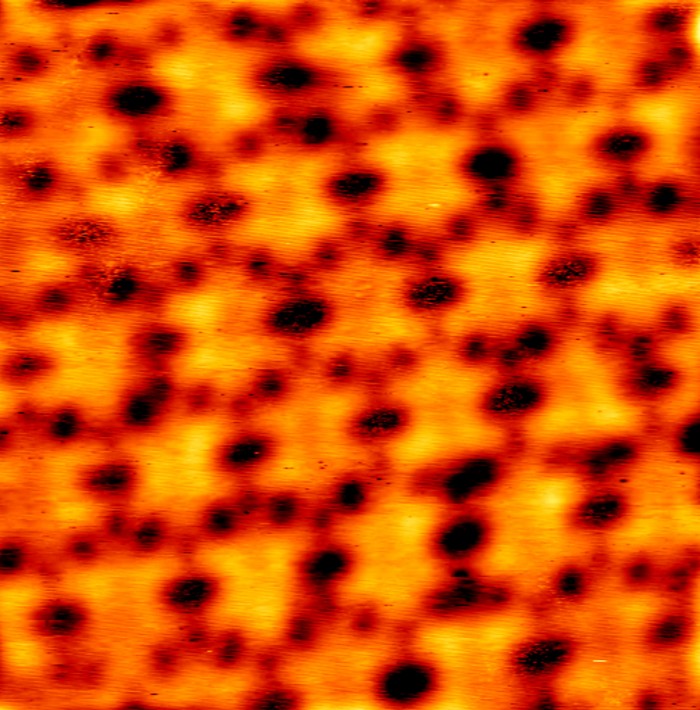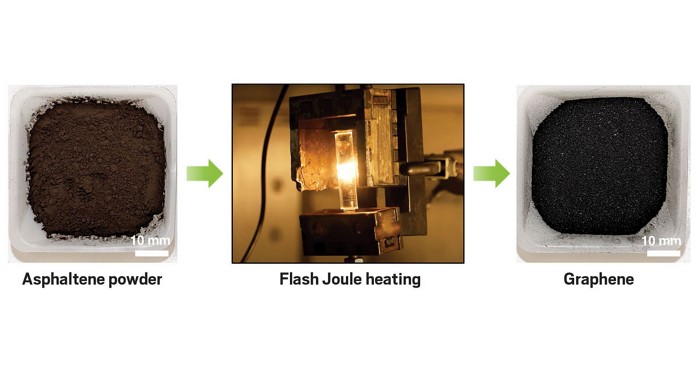Advertisement
Grab your lab coat. Let's get started
Welcome!
Welcome!
Create an account below to get 6 C&EN articles per month, receive newsletters and more - all free.
It seems this is your first time logging in online. Please enter the following information to continue.
As an ACS member you automatically get access to this site. All we need is few more details to create your reading experience.
Not you? Sign in with a different account.
Not you? Sign in with a different account.
ERROR 1
ERROR 1
ERROR 2
ERROR 2
ERROR 2
ERROR 2
ERROR 2
Password and Confirm password must match.
If you have an ACS member number, please enter it here so we can link this account to your membership. (optional)
ERROR 2
ACS values your privacy. By submitting your information, you are gaining access to C&EN and subscribing to our weekly newsletter. We use the information you provide to make your reading experience better, and we will never sell your data to third party members.
2-D Materials
A simple route to water-repellent graphene
Gas-phase method generates a lotus-like form of carbon
by Mitch Jacoby
April 28, 2022
| A version of this story appeared in
Volume 100, Issue 15
A simple gas-phase method produces a form of graphene whose ability to repel water rivals that of lotus leaves. The finding may lead to an inexpensive way to make bulk quantities of the material for applications in self-cleaning surfaces as well as in coatings that resist icing and marine biofouling.
Lotus leaves’ knack for shedding water droplets has inspired many researchers to engineer materials with similarly hydrophobic surfaces. One approach involves patterning 3D microstructures that mimic the lotus leaf surface and capping them with a hydrophobic material. Another is based on growing graphene on a substrate, then adding hydrophobic functional groups or processing the graphene in other ways.
M. Weston Miller, Makenna Parkinson, and Albert Dato of Harvey Mudd College have come up with a simpler way to make superhydrophobic graphene. By injecting an ethanol-argon aerosol into a commercial plasma generator, the team made graphene directly in the gas phase (ACS Materials Lett. 2022, DOI: 10.1021/acsmaterialslett.2c00125).
Microscopy analysis reveals that the plasma-generated powder consists of crumpled, randomly oriented graphene sheets. And tests measuring contact angles, roll-off angles, and bouncing characteristics show that water droplets on the untreated graphene exhibit nearly the same behavior they do on lotus leaves.





Join the conversation
Contact the reporter
Submit a Letter to the Editor for publication
Engage with us on Twitter